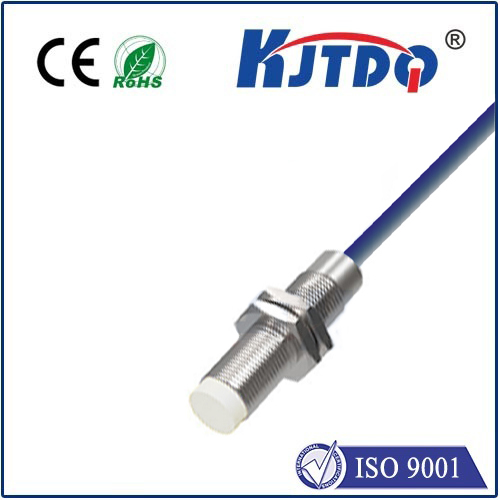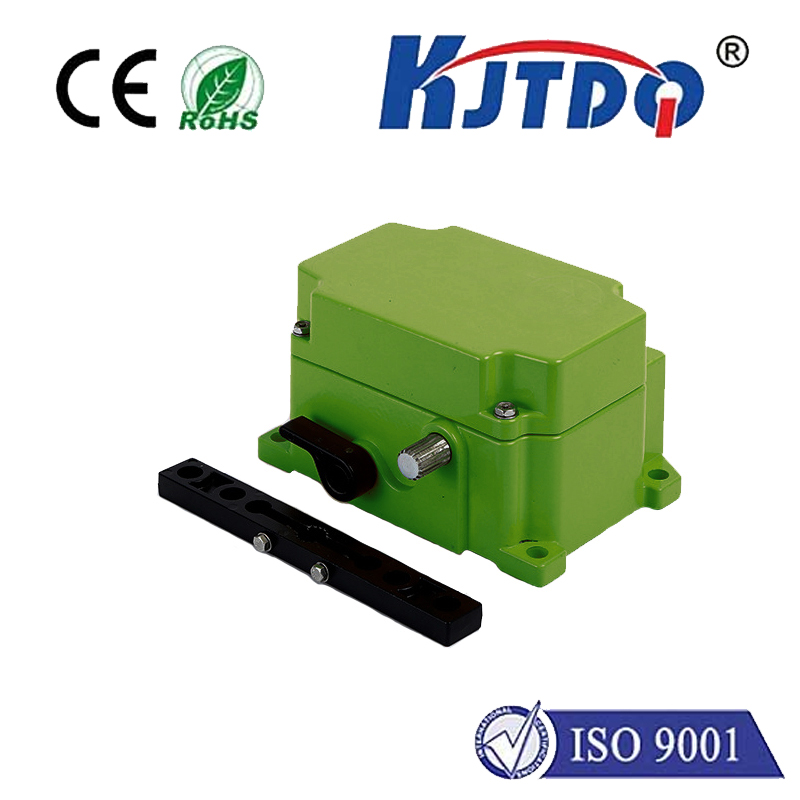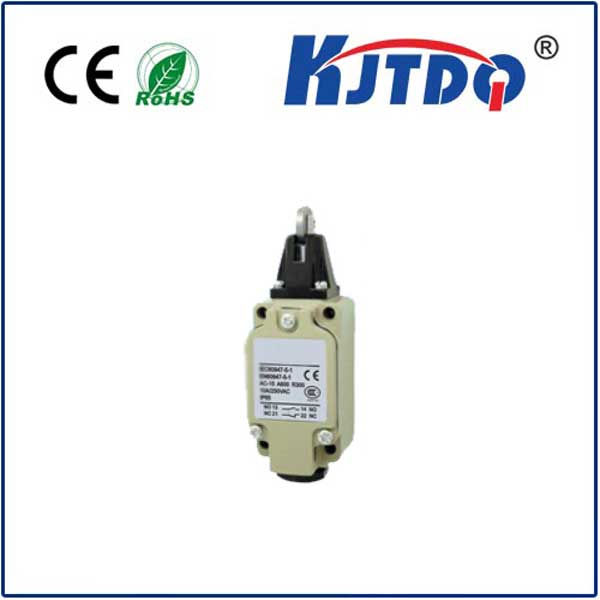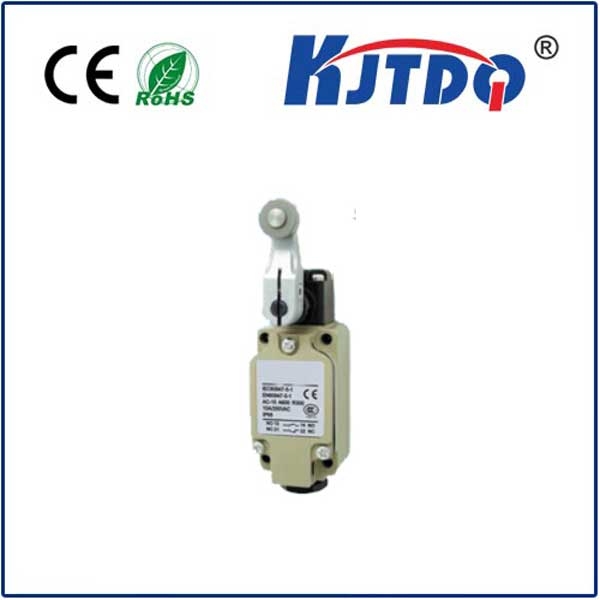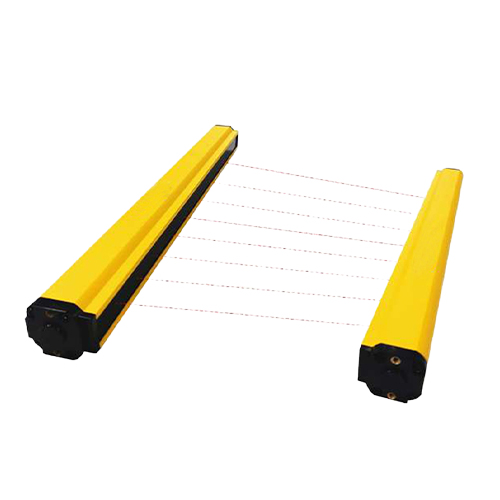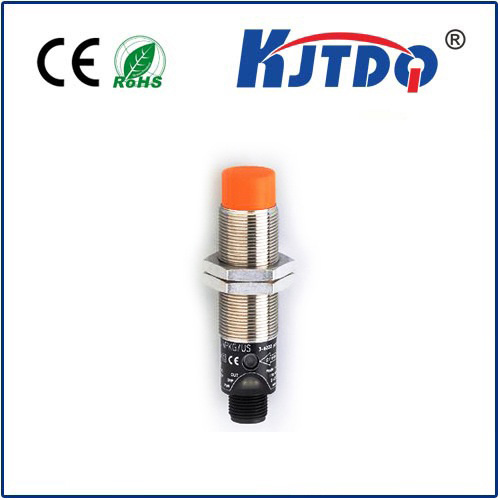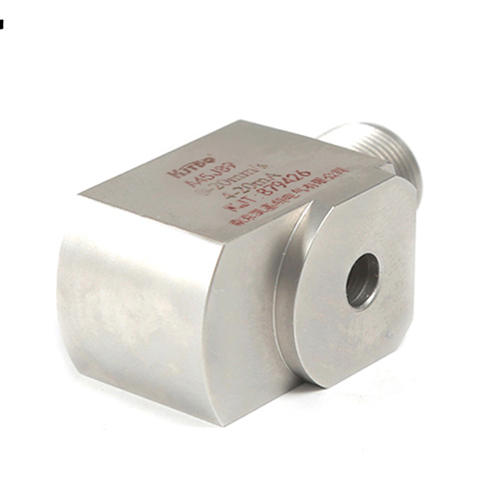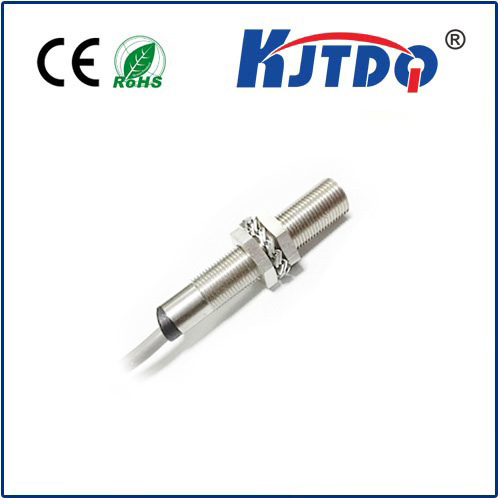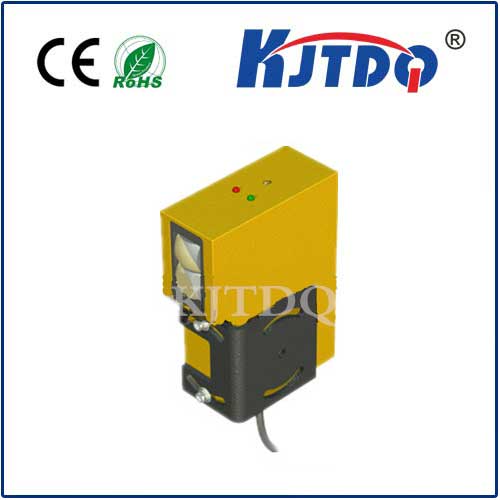

check

check

check

check

check

check

check

check

check

check
In the world of modern technology, sensors play a vital role in providing us with real-time information about our surroundings. One such sensor that has gained significant attention in recent years is the DC proximity sensor. These small but powerful devices have revolutionized the way we interact with electronic devices and have found their use cases in a wide range of industries, including automotive, healthcare, and industrial automation. In this article, we will delve deeper into the applications, features, and benefits of DC proximity sensors.
Applications of DC Proximity Sensors
DC proximity sensors are widely used in various applications due to their high accuracy, reliability, and low power consumption. Some of the common applications include:
1. Automotive: DC proximity sensors are used in vehicle safety systems to detect collisions and prevent injuries. They can also be used in parking assistance systems to guide vehicles into designated parking spaces.
2. Healthcare: DC proximity sensors are used in medical devices such as blood pressure monitors, insulin pumps, and glucose meters to measure body temperature, heart rate, and other critical health parameters.
3. Industrial Automation: DC proximity sensors are used in industrial processes to monitor the presence or absence of individuals, objects, or equipment. They can also be used in inventory management systems to track the movement of goods within a warehouse.
Features of DC Proximity Sensors
DC proximity sensors come with several features that make them stand out from other types of sensors. Some of the key features include:
1. High Accuracy: DC proximity sensors can detect objects with a distance range of up to several meters, depending on the sensor's design and construction. This allows them to be highly accurate in detecting the presence or absence of objects.
2. Long Battery Life: DC proximity sensors require minimal power to operate, which helps to extend their battery life significantly. Many DC proximity sensors can last for several months on a single battery charge.
3. Easy Integration: DC proximity sensors can be easily integrated into existing systems and devices without requiring any additional hardware or software. This makes them cost-effective and convenient for users.
Benefits of DC Proximity Sensors
The use of DC proximity sensors offers numerous benefits, including:
1. Improved Safety: DC proximity sensors help to improve safety in various applications by providing real-time information about the presence or absence of objects or individuals. This can help prevent accidents and minimize risks in dangerous environments.
2. Increased Efficiency: DC proximity sensors help to increase efficiency in industrial processes by allowing companies to automate tasks that were previously performed manually. This not only saves time but also reduces costs and improves productivity.
3. Better Customer Experience: DC proximity sensors can provide customers with a more personalized and seamless experience by enabling devices to respond instantly to their needs. For example, in a retail environment, a shopping cart sensor can automatically close when an item is picked up, ensuring a smooth shopping experience for customers.
Conclusion
In conclusion, DC proximity sensors are versatile devices that offer a range of benefits and applications across various industries. With their high accuracy, long battery life, and easy integration, these sensors have become essential components of modern technology. As technology continues to evolve, it is likely that the use of DC proximity sensors will continue to grow, providing us with new ways to interact with our devices and improve our lives.
